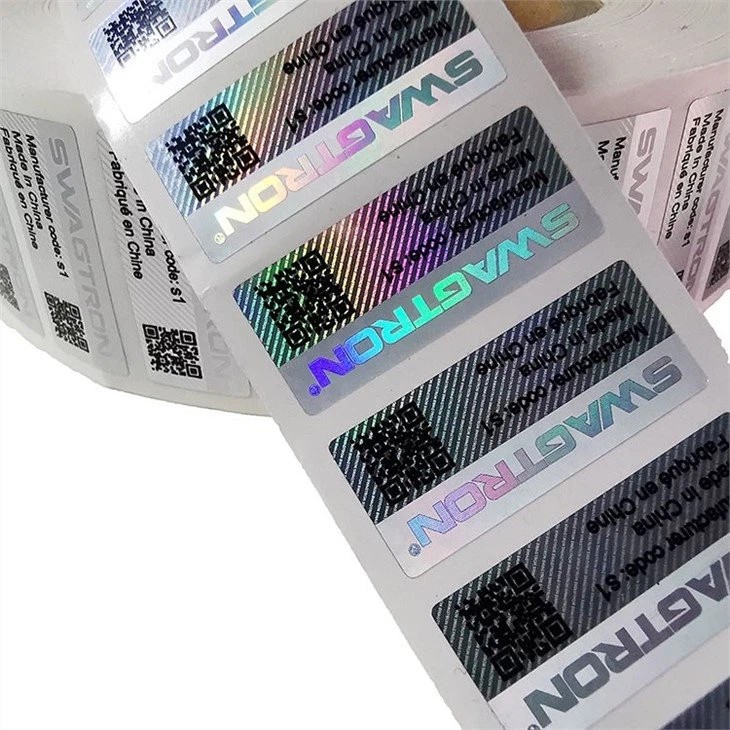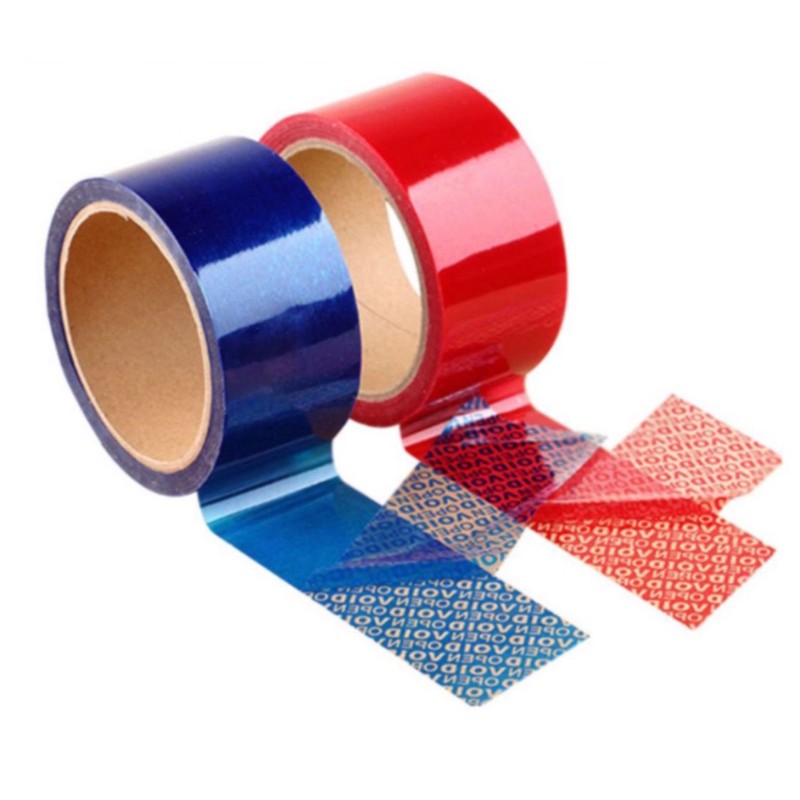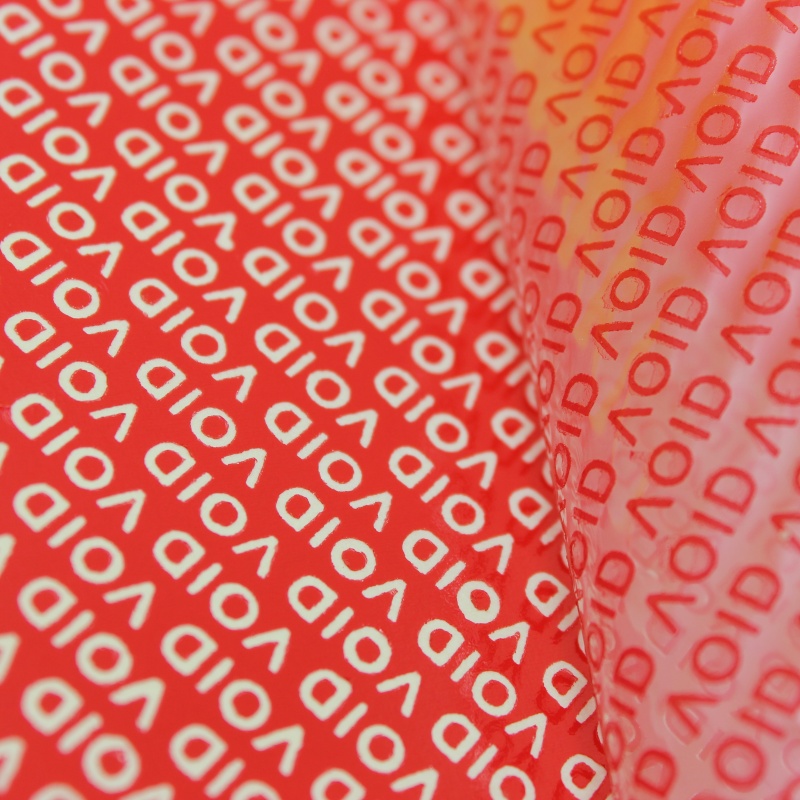An anti-counterfeiting label is a specialized label designed to prevent the replication and distribution of counterfeit products by providing unique identification and verification features. Here’s a comprehensive overview:
1. Definition and Core Purpose
An anti-counterfeiting label serves as a safeguard for brands and consumers. Its main goal is to distinguish genuine products from fake ones. By incorporating various advanced technologies and design elements, it makes it difficult for counterfeiters to replicate accurately. For brands, it protects their reputation, intellectual property, and revenue, while for consumers, it ensures they are purchasing authentic, high – quality items.
2. Types of Anti – Counterfeiting Technologies
- Holographic Labels: These are one of the most recognizable types. They use holographic images, which are created through complex optical processes. Holograms are difficult to reproduce accurately because they require precise equipment and techniques. The holographic patterns can change when viewed from different angles, displaying unique 3D images, text, or designs that are characteristic of the brand. For example, luxury watch brands often use holographic labels on their product packaging or the watches themselves.
- Invisible Ink Labels: Ink that is invisible to the naked eye is used in these labels. This ink can be made visible under specific lighting conditions, such as ultraviolet (UV) light or infrared light. Brands can print important information like serial numbers, logos, or authenticity marks using invisible ink, which can then be verified with the appropriate detection device.
- RFID (Radio – Frequency Identification) Labels: RFID labels contain a small chip and an antenna. They can store and transmit data wirelessly. When an RFID reader comes in range, it can read the information encoded on the label, such as product details, manufacturing date, and distribution history. This technology not only helps with anti – counterfeiting but also enables efficient inventory management and supply chain tracking. High – end fashion brands may use RFID labels to ensure the authenticity of their products throughout the sales process.
- Microprinting Labels: Microprinting involves printing extremely small text or patterns that are difficult to see without magnification. These tiny details are very challenging for counterfeiters to replicate accurately. For instance, a brand might include a microprinted serial number or a phrase that can only be read with a magnifying glass or a specialized scanner.
- DNA – Based Labels: These labels use unique DNA markers. A specific DNA sequence is applied to the label, and each product has its own identifiable “DNA fingerprint.” To verify authenticity, a sample of the label can be analyzed in a laboratory to match the DNA signature, providing a highly secure and difficult – to – duplicate anti – counterfeiting solution.
3. Structure and Design
- Layers: Anti – counterfeiting labels often have multiple layers. The base layer provides a surface for printing and adhering to the product. Intermediate layers may contain the anti – counterfeiting features, such as holographic films or RFID components. The top layer can be a protective coating that safeguards the label from wear and tear.
- Visual Elements: In addition to the anti – counterfeiting technologies, labels usually incorporate the brand’s logo, colors, and other visual identifiers. This helps consumers easily recognize genuine products and also acts as a deterrent to counterfeiters, as accurately replicating the brand’s visual identity along with the anti – counterfeiting features is even more challenging.
4. Applications
- Luxury Goods: Brands of luxury items like jewelry, designer clothing, and high – end handbags rely heavily on anti – counterfeiting labels. Given the high profit margins and popularity of these products, they are prime targets for counterfeiters. Anti – counterfeiting labels protect the brand’s exclusivity and the consumer’s investment.
- Pharmaceuticals: Ensuring the authenticity of drugs is crucial for public health. Anti – counterfeiting labels on pharmaceutical products prevent the distribution of fake medications, which can have serious health consequences. They help regulatory authorities and consumers verify the origin and integrity of the drugs.
- Automotive Parts: Counterfeit automotive parts can pose significant safety risks. Anti – counterfeiting labels are used to authenticate parts, ensuring that only genuine, high – quality components are used in vehicle repairs and maintenance.
- Consumer Electronics: Popular electronics brands use anti – counterfeiting labels to protect their products from being counterfeited. This maintains the brand’s quality reputation and ensures that consumers receive products with the expected performance and features.
In essence, anti – counterfeiting labels are an essential tool in the fight against product counterfeiting, leveraging technology and design to protect both businesses and consumers in a global marketplace.




